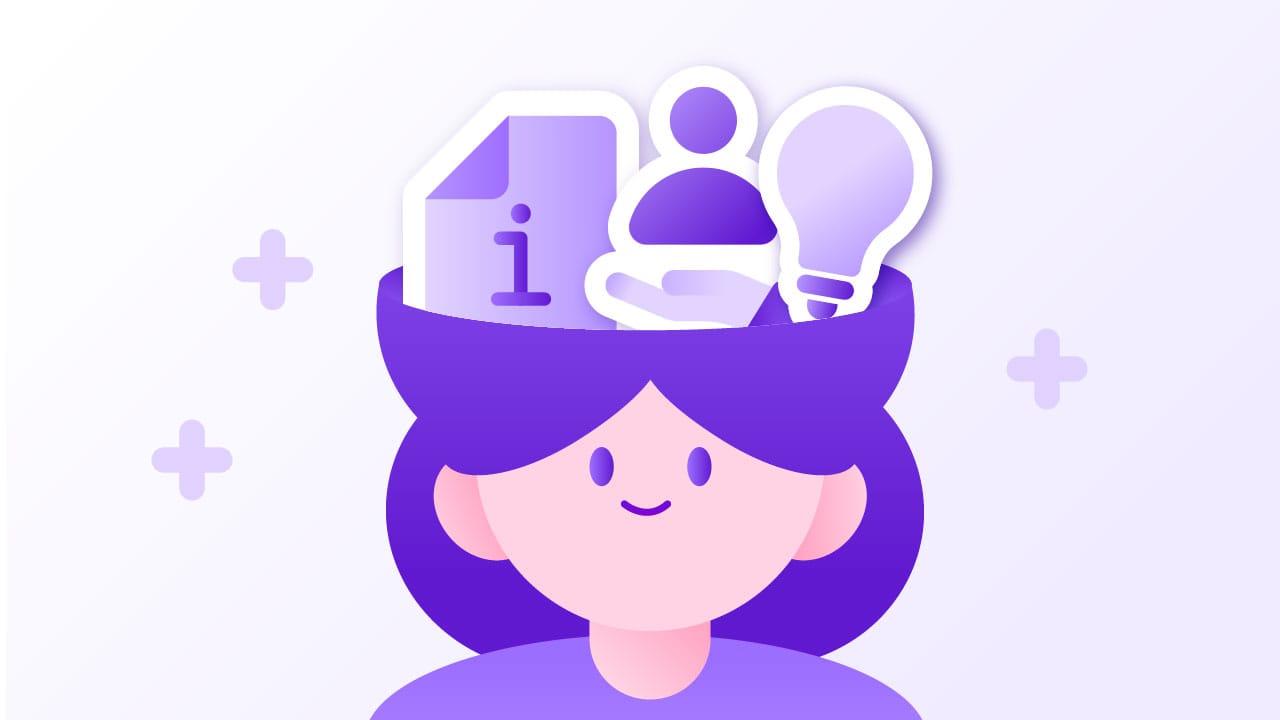
Keeping up with marketing trends is often seen as a must for marketers. After all, they're tasked with understanding the ever-changing needs and interests of customers and crafting campaigns that can make waves. Many marketers spend their days scrolling through social media channels, diving into newsletters, and exploring curation sites to stay on top of marketing matters.
But today, let's shift our focus away from trends and shine a light on why tapping into our customers' insights is crucial. Don't get us wrong; staying informed about marketing trends is important. It helps expand awareness of the marketing funnel and interest levels. However, before hopping on a trend train, it's essential to truly understand your customers. That's where receiving hints from them comes in.
Today, we're diving into the art of gathering hints from your customers. Because ultimately, no trend can beat the power of knowing exactly what your customers want and need. Let's dive in!
Why you should be cautious about big data insights like industry trends
In today's market, where we're moving towards hyper-personalization and micro-trends, relying solely on big data like marketing trends can sometimes lead to underwhelming results. Why? Because it's easy to misinterpret your customers. Getting too caught up in trends can skew your view of actual customer data or even lead you to build your marketing strategy on shaky ground.
Moreover, trends provide a broad overview, making it challenging to apply them uniformly across every customer segment or industry. Customer reactions to trends aren't set in stone; they're dynamic and varied. Simply jumping on a trend bandwagon without considering your specific customer base can result in wasted resources. We've seen cases where brands, for example, embraced a trend because it was "in," only to find out that it didn't resonate with their customers' preferences.
Before diving into trends, it's crucial to truly understand your customers' wants and needs. After all, they're the ones who'll determine the success of your marketing efforts.
The essence of marketing: Customer-centric approach’
A customer-centric approach revolves around crafting and implementing a business strategy tailored to the desires, needs, tendencies, and preferences of each individual customer. It's about delving deep into the motivations behind customer actions, going beyond surface-level data to understand the unique individuals behind the numbers. By adopting a customer-centric mindset, you can identify crucial touchpoints to enhance customer loyalty and differentiate your brand's value.
Since the ultimate goal of marketing is customer acquisition, every action should be rooted in a customer-centric approach. This means understanding the personas of your current customers, potential customers, and the unique qualities of your business. By pinpointing the experiences customers have with your brand and leveraging your strengths in marketing efforts, you can attract genuine enthusiasts who resonate with your brand's distinct offerings. This approach ensures that you attract "Real Customers" who are genuinely interested in what your business has to offer.
Furthermore, by prioritizing the core experiences of both new and existing customers in your marketing efforts, you can foster loyalty and advocacy. This means not only attracting new customers but also nurturing existing ones into loyal brand advocates who champion your business to others.
A key to understanding customers: Job-To-Be-Done (JTBD)
Once you've gained insights into your customers, the next step is to organize and analyze that understanding effectively. One valuable framework for this is the Jobs to be Done (JTBD) framework. At its core, this framework recognizes that customers "hire" a product or service to fulfill a specific “job" in their lives. A job-to-be-done encompasses not only practical needs but also emotional or social objectives that customers seek to address.
The JTBD framework shifts the focus from the features of a product or service to the desired outcome customers seek to achieve. It views the brand's offering as a tool to accomplish the customer's task. For instance, customers purchasing gym memberships may not simply be interested in access to fitness equipment; rather, they're "hiring" the concept of a gym membership to achieve the broader goal of attaining a "healthy body." In this way, it's crucial to delve deeply and accurately into what customers truly aim to accomplish.
✅ Why are some people not ‘hiring’ our product or service?
Identify the tasks that individuals who aren't currently using our products may still need to accomplish, as well as any alternative solutions they might be considering for those tasks. This exploration can spark ideas for attracting new customers.
✅ What task do our customers want to avoid?
Identify the tasks that our current customers are eager to avoid, and use this insight to enhance our product or service offerings. Integrate narratives related to this understanding into our marketing strategy.
✅Are there customers who are ‘hiring’ our product/service for purposes other than the original intent?
Explore whether there are customers who are employing our product/service for purposes beyond its original intent. By identifying these unconventional uses, we can gain valuable insights into the tasks they are seeking to fulfill and glean business hints through a process of 'contrarian thinking'.
Before diving into trend-spotting, take a moment to understand your business from a customer-centric viewpoint. Utilize frameworks like the JTBD framework we discussed earlier. By crafting marketing strategies aligned with your customers' distinct needs and experiences, you can engage with them more genuinely. 🙂




